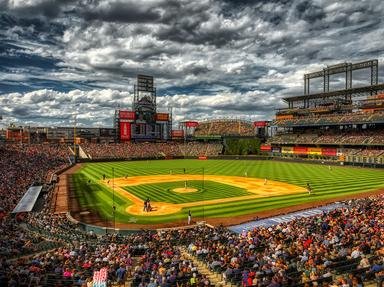
A Rose By Any Other Name Trivia Quiz
If you are a baseball fan, you probably know that the great Pete Rose was known as "Charlie Hustle." Can you identify these other great players from baseball history just by their nicknames?
A multiple-choice quiz
by daver852.
Estimated time: 2 mins.